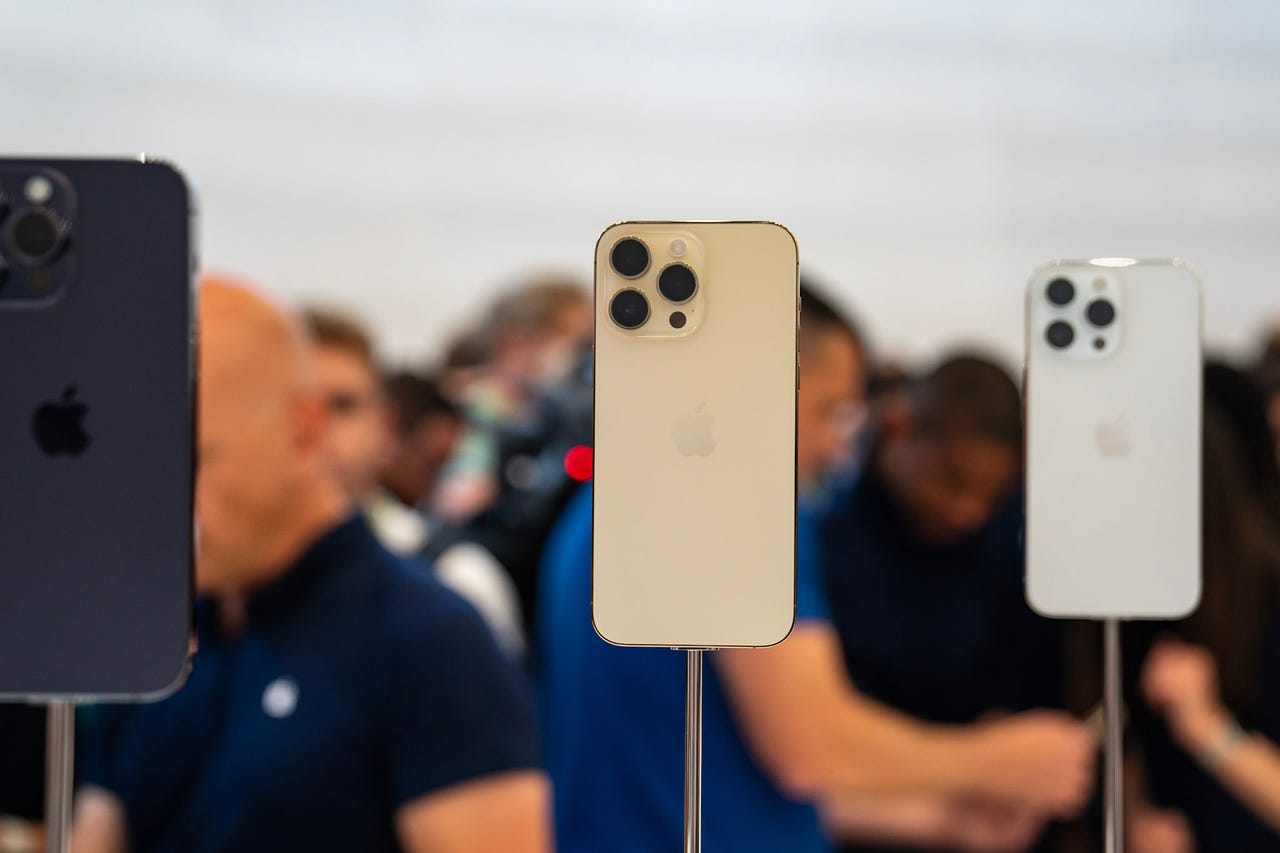































 Jason Hiner/
Jason Hiner/ Apple really needs to change the way it displays battery wear in iOS, as the current method is causing confusion among iPhone owners.Each time there's an iOS release -- either a big one or a small security update -- both my social media and my inboxes become awash with people worrying about their iPhone's battery.
Not sure what I mean? Let me bring you up to speed.
Also: Here's what Apple doesn't want you to know about your iPhone's battery
Grab your iPhone, tap on Settings, and head over toBattery and thenBattery Health & Charging.
Here you'll find aMaximum Capacitynumber.
That number starts out at 100%, and slowly ticks down as you charge and discharge your iPhone.
The one number that has caused so much confusion among iPhone owners -- Maximum Capacity.
Adrian Kingsley-Hughes/If you want to geek out about what this number means or know more about your battery, I've written about that in detail.
What I want to do here is clear up some misconceptions surrounding this number.
Maximum Capacitynumber is not a measure of overall battery wear. Instead, it is "a measure of battery capacity relative to when it was new." Put that another way, it's how much power the battery can hold.
Also: iPhone 15 could be getting a big battery boost, and it really needs it
The lower the capacity, the less usage you're going to get between charges.
But it's a poor measure of the health of the battery. I've seen batteries die while this number is in the 90% range, and I've also seen iPhones plod on with this number down in the 70% zone.
Updates don't wear your battery. What does is the normal charging and discharging of the battery as part of using the iPhone, subjecting the battery to overheating, and, far less commonly, using poor quality chargers and cables.
Doing things like keeping your iPhone on charge all the time or never letting it fully charge can also sometimes cause theMaximum Capacityfigure to display an erroneous value, and I've also seen it jump about following an update. But this isn't causing wear. Instead, it's causing iOS to display an incorrect number.
I think this is a common misconception that arises from Apple's own documentation.
Apple has published information about recharge cycles and how they affect batteries, and here it says that the iPhone's battery "is designed to retain up to 80% of its original capacity at 500 complete charge cycles."
Also: This powerful app tells you about your iPhone, iPad, or MacBook's battery
I think that this gives the impression that the battery is dead at that point.
While the battery is undoubtedly worn, and if you got 10 hours out of a charge when the iPhone was new, you're now getting eight hours. This might not be a problem for you, and the battery might give you many months of use.
There are two problems at play here.
I get that Apple was perhaps trying to be helpful here, or maybe just filling space on a screen in theSettingsapp.
Either way, this is just a single number and not a measure of general battery health. Apple would do better to eliminate this number and replace it with something more meaningful, like recharge cycles. Apple could also come up with a better way to portray battery health.
Also: Battery bad after installing iOS 16.5.1? Try these 7 tips
For reference, this number is still present in the current iOS 17 betas.
And that is that they need a lot of recharging. Gone are the days of getting days out of a charge.
Or, to turn that on its head, batteries are too small for the demand we are putting on them.
If you're pretty much fully discharging your iPhone daily, then 500 recharge cycles are going to take you around a year and four months. If you're using about 50% of your battery's capacity daily, then 500 charges are going to take you about three years.
Also: The best MagSafe battery packs
What I'm seeing, both in my usage and in the usage of others, is that there are a lot of people who are barely making it through a day on a single charge, and as such, are going through those 500 recharge cycles within two years.
There are three solutions to this -- you need to use your iPhone less, Apple needs to equip it with a bigger battery, or battery replacements need to become a part of iPhone ownership (and Android smartphone ownership, because the batteries in those devices wear in the same way).
That's it.
You can't, despite the endless stream of blog posts and YouTube videos, keep your battery'sMaximum Capacityfigure at 100% no matter what you do. Even if you keep it in its box in the drawer.
Eventually, that battery is going to wear.
Also: Your iPhone battery is lying to you in weird ways
The best solution would be for Apple to engineer a battery that's easy for owners to replace -- you know, like gadgets used to have. Until we get that, battery wear is going to continue to be an issue and owners are going to have to have to replace it or buy a new handset.
Because one thing's for sure: You can't change the laws of physics.
 Etiquetas calientes:
tecnología
Los teléfonos inteligentes
Etiquetas calientes:
tecnología
Los teléfonos inteligentes